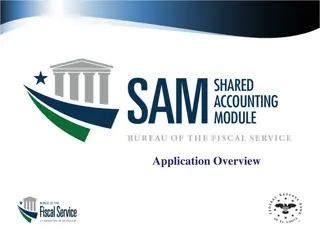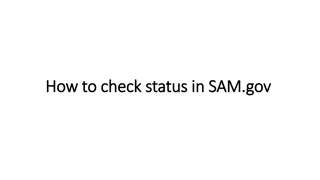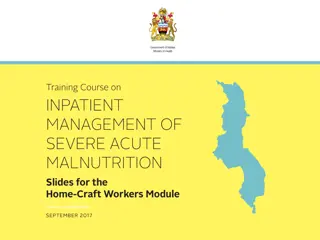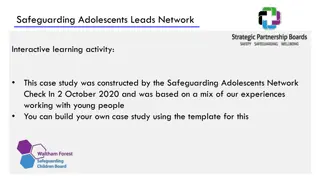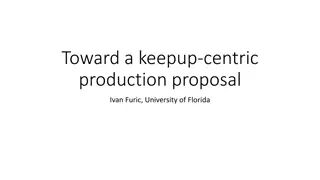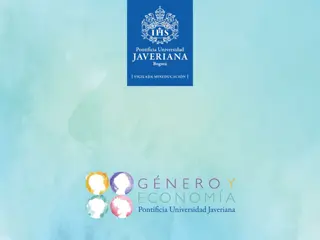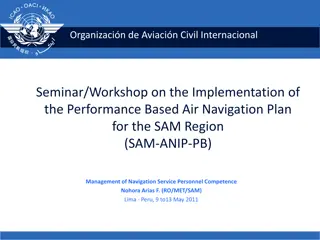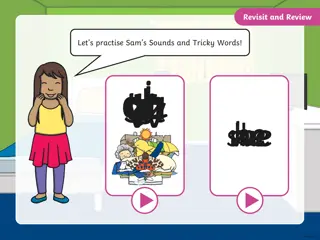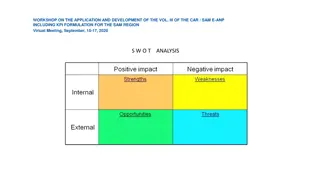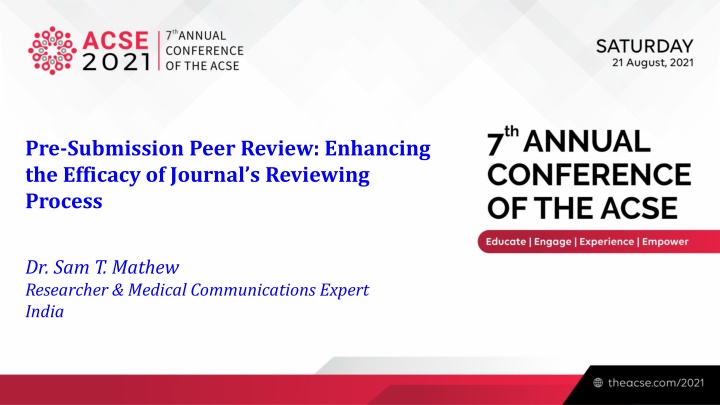
Enhancing Journal Reviewing Process through Pre-Submission Peer Review
Explore how pre-submission peer review enhances the efficacy of the academic journal reviewing process. Learn about the challenges of conventional peer review, the concept of pre-submission peer review, and the benefits of professional pre-submission peer review services.
Download Presentation

Please find below an Image/Link to download the presentation.
The content on the website is provided AS IS for your information and personal use only. It may not be sold, licensed, or shared on other websites without obtaining consent from the author. If you encounter any issues during the download, it is possible that the publisher has removed the file from their server.
You are allowed to download the files provided on this website for personal or commercial use, subject to the condition that they are used lawfully. All files are the property of their respective owners.
The content on the website is provided AS IS for your information and personal use only. It may not be sold, licensed, or shared on other websites without obtaining consent from the author.
E N D
Presentation Transcript
Pre-Submission Peer Review: Enhancing the Efficacy of Journal s Reviewing Process Dr. Sam T. Mathew Researcher & Medical Communications Expert India
Agenda 1. What is peer review? 2. Conventional peer review & limitations 01 8. Conclusions 08 02 3. Concept of pre-submission peer review 7. Accommodationg pre- submission peer review and modified pre-prints 07 03 06 04 4. Professional pre-submission peer review 05 6. How can journals benefit? 5. Pre-prints
Reproducibility Reliability Objectivity Scientific integrity Not every paper is published Peer review Identify weakness Refines the manuscript Author submits to the journal
Challenges Conventional peer review Inherent limitations of the type of peer review SINGLE BLIND PEER REVIEW The reviewer s identity is not disclosed to the authors 20% of researchers perform 94% of peer review related tasks OPEN PEER REVIEW Author and the reviewer know the identity of each other DOUBLE BLIND PEER REVIEW Neither the author nor the reviewer is aware of each other Inaccessibility of qualified reviewers who can spend enough time reviewing manuscripts 4
Concept of pre-submission peer review Professional pre- submission peer review Preprints Helps reduce the burden of the journal s peer review system Occurs before a manuscript is submitted to a journal for peer review Initial peer review is conducted independently of the journal 5
Professional pre-submission peer review PROCESS CKECKLIST Service offered by writing and editing agencies Guided by a defined checklist similar traditional journal peer review forms In this active review process, the agency sends submission-ready manuscripts to subject matter experts and pays them for their time and efforts Check compliance to journal requirements, novelty and significance, presentation of results, suitability of study design, ethical compliance, language quality, ethical considerations, statistics, methodology, logical flow SUITABILITY LIMITATIONS Suitable for entry-level researchers or senior researchers who are busy with research tasks and may not spot minor data or language errors. Performed by scholarly publishing professional with a much broader experience than subject specialization Lacks in-depth scientific analysis Paid service The revised manuscript is not returned to the reviewer 6
Preprints ADVANTAGES PROCESS Fast and easy visibility to research Transparent and open correspondence Inherent delays of journal peer review process are eliminated Can report null or negative findings No specific format Citable since DOI is created Helpful for authors who had multiple rejections Authors submit manuscript to the preprint server Not peer-reviewed and are available freely online before being published formally by a journal Work like a discovery claim before presenting it for scrutiny through a journal) Informal peerreview A preprint is a full draft research paper that is shared publicly through a Advantages Examples Disadvantages pre-print server before it has been peer reviewed Process EXAMPLES DISADVANTAGES Very low acceptance and credibility as a publication in biology/lifesciences Not indexed by journal databases Methodological flaws Ethical misconduct No reevaluation check bioRxiv, MedRxiv, PrePrints.org , PeerJ PrePrints, ChemRXiv, Authorea, Preprints, SSRN, Zenodo, SciELO, ViXra, and PsyXiv engrXiv, JMIR 7
How can journals benefit from pre-submission peer reviews? Accommodating professional pre- submission peer review by journals Modified preprints Reduced peer review burden for journals
Accommodating professional pre-submission peer review by journals Improves the quality of the submitted manuscripts and allows the peer reviewers of the journal to focus on the most critical aspects of the manuscripts Authors to inform the journal Editor to gets comprehensive view Helps editor to understand the robustness of the process Identity of the peer reviewer Agency Timeline Peer review feedback How author addressed the comments Decide to conduct only a partial peer review by the peer reviewer of the journal Partial peer review The journal reviewer can concentrate on the areas that are not adequately covered during the professional pre-submission peer review, which will, in turn, make the journal peer review relatively faster, efficient, and ultimately reduce the burden on the journal peer review resources. 9
Modified preprints: An amalgamation of the preprint-journal system Publication/r ejection Journal is fully satisfied with review and revision process Peer review Manuscript spent sufficient time in pre- print server and undergone review and revision Journal has availability of appropriate peer reviewer Journal reviews the review and revisions occurred in pre-print and partly satisfied with the overall process Submits manuscript Journal with hybrid peer review option Author Journal do not have immediate availability of appropriate peer reviewer Journal transfers the manuscript to the pre- print server and monitors all review and revision activities Pre-print server Journal provides author an option to use pre-print and author agrees
Conclusions Improving efficirency of peer review Improving the efficiency of peer review is important to safeguard the integrity and timeliness of published research Consensus statements Risk-based approach Improvising the current peer review process could be one strategy. Consensus statements from professional bodies on the proposals made here will encourage journals to follow these processes. A risk-based approach should be adapted to improve the conventional process . Wider engagement Select positive aspects Pre-submission peer review Need changes in the journal s policy and detailed deliberations among editorial associations, including the ACSE, AMWA, EMWA, COPE, ICMJE, ISMPP, and EASE Inculcating positive aspects of both professional pre-submission peer review and preprints and modifying it to suit journal requirements is a viable option
Sam T. Mathew RPh, PhD, ISMPP CMPP Sam.t.Mathew@outlook.com





